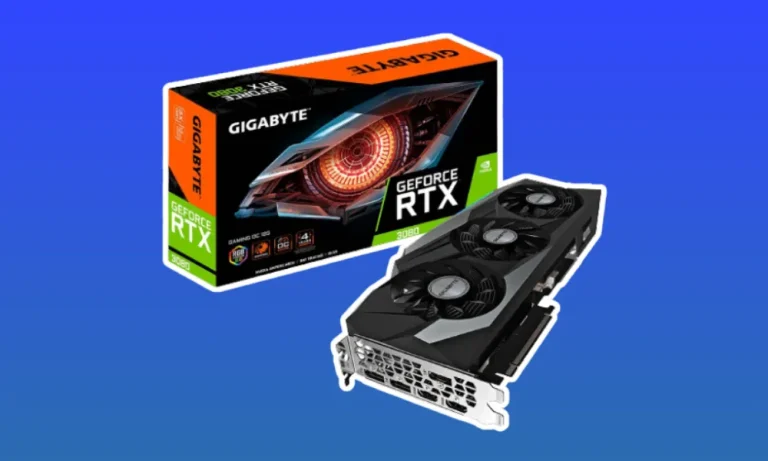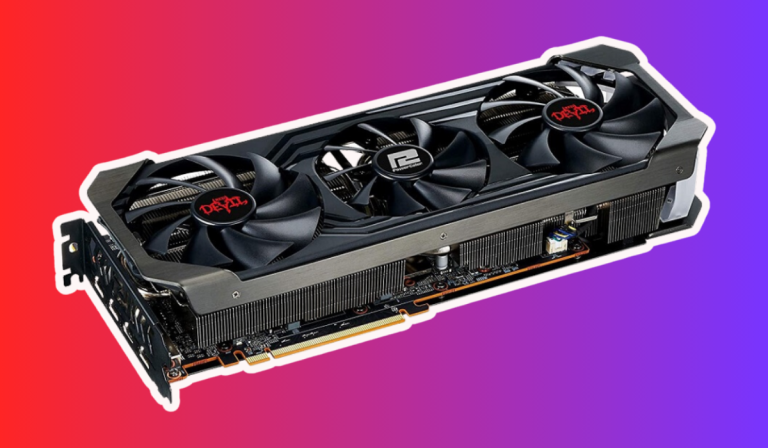How Much GPU Memory is Required for Deep Learning?
Are you curious about how much GPU memory you need for deep learning? Look no further! In this blog post, we’ll dive into the world of GPU memory and its significance in powering the complex algorithms of deep learning. Discover the optimal GPU memory capacity, learn how to determine your requirements, and optimize memory usage for maximum performance. Let’s get started!
Factors Influencing GPU Memory Requirements
When it comes to deep learning, the amount of GPU memory you need is influenced by several factors. Understanding these factors is crucial in determining the optimal GPU memory capacity for your specific needs. Here, we will explore the key factors that influence GPU memory requirements:
Dataset Size
The size of your dataset plays a significant role in determining GPU memory requirements. Larger datasets require more memory to store and process the data efficiently. If you’re working with massive datasets, you’ll need a GPU with higher memory capacity to handle the load effectively.
Batch Size
The batch size, which refers to the number of samples processed in each iteration, also affects GPU memory usage. Larger batch sizes require more memory to store intermediate results during training.
However, increasing the batch size can lead to improved performance, as it allows for more efficient parallel processing.
Model Architecture and Complexity
The architecture and complexity of your deep learning model can greatly impact GPU memory requirements. Models with a large number of layers or parameters tend to require more memory for storage and computation.
Additionally, if you’re using complex network architectures like recurrent neural networks (RNNs) or transformers, you’ll need a GPU with sufficient memory to handle the intricate computations.
Transfer Learning
Transfer learning, which leverages pre-trained models for specific tasks, can also affect GPU memory usage. If you’re fine-tuning a pre-trained model, the memory requirements might be lower compared to training from scratch. However, if you’re performing extensive modifications or training on a large dataset, additional GPU memory may still be necessary.
Determining the Right GPU Memory Capacity
When it comes to deep learning, determining the appropriate GPU memory capacity is crucial for optimal performance. By understanding your specific requirements and considering future scalability, you can ensure that your GPU has sufficient memory to handle the computational demands. We will explore some guidelines to help you determine the right GPU memory capacity:
Consider Your Use Case
Start by assessing your specific deep learning use case. Are you working on image classification, natural language processing, or something else? Different tasks have varying memory requirements, so understanding the nature of your project is essential in determining the appropriate GPU memory capacity.
Evaluate Dataset Size and Complexity
Take into account the size and complexity of your dataset. If you’re working with large datasets, you’ll need more GPU memory to efficiently store and process the data.
Additionally, consider the complexity of your models. More complex models, with numerous layers and parameters, generally require more memory.
Plan for Future Scalability
While it’s crucial to meet your current GPU memory needs, it’s also wise to plan for future scalability. As your deep learning projects evolve, you may require larger datasets or more complex models. Anticipating these future demands can help you avoid the need for frequent upgrades.
Utilize Estimation Tools and Techniques
To determine the right GPU memory capacity, leverage estimation tools and techniques. These tools can analyze your deep learning models and datasets, providing insights into the memory requirements. By using such tools, you can make informed decisions about the appropriate GPU memory for your project.
Optimizing GPU Memory Usage
Efficiently utilizing GPU memory is essential for smooth and effective deep-learning workflows. By optimizing GPU memory usage, you can maximize performance and avoid memory-related bottlenecks. Here, we will explore some strategies to help you make the most of your GPU memory:
Use Smaller Batch Sizes
Reducing the batch size during training can significantly impact GPU memory usage. By using smaller batches, you can decrease the amount of memory required to store intermediate results, allowing for more efficient memory utilization. Experiment with different batch sizes to find the optimal balance between memory usage and training speed.
Employ Memory Sharing Techniques
Memory-sharing techniques, such as gradient checkpointing and activation checkpointing, can help reduce GPU memory consumption.
These techniques selectively store and recompute intermediate values during backpropagation, allowing for more memory-efficient computations. Implementing memory-sharing techniques can be particularly beneficial when dealing with memory-intensive models.
Employ Memory Optimization Libraries
Utilize memory optimization libraries, such as TensorFlow’s memory optimization tools, to automatically manage GPU memory usage.
These libraries can optimize memory allocation, minimize memory fragmentation, and handle memory deallocation efficiently. By leveraging these tools, you can streamline memory usage without manual intervention.
Reduce Model Complexity
Simplifying your deep learning models can have a significant impact on GPU memory requirements. Consider reducing the number of layers, and parameters, or using smaller model architectures. By striking a balance between model complexity and performance, you can optimize GPU memory usage.
Regularly Monitor Memory Consumption
Keep a close eye on GPU memory consumption during training and inference. Monitoring memory usage allows you to identify any memory leaks or excessive memory utilization early on. By addressing these issues promptly, you can ensure smooth and uninterrupted deep learning processes.
FAQ’s
1. How do I determine the amount of GPU memory required for deep learning?
To determine the GPU memory requirement, consider factors such as the size of your dataset, the complexity of your models, and the batch size used during training. Additionally, utilizing estimation tools can provide insights into the memory needs of your specific deep-learning tasks.
2. Can I perform deep learning tasks with a GPU that has a lower memory capacity?
Yes, it is possible to perform deep learning tasks with GPUs that have lower memory capacity. However, you may need to make adjustments like reducing the batch size, optimizing your models for memory efficiency, or utilizing memory-sharing techniques to fit within the available memory.
3. What are the consequences of exceeding GPU memory capacity?
Exceeding GPU memory capacity can lead to out-of-memory (OOM) errors, causing your deep learning tasks to fail. When GPU memory is insufficient, you may experience performance degradation or be unable to train or infer on large datasets or complex models.
4. Is it better to have more GPU memory than required?
Having more GPU memory than required can be beneficial for future scalability and handling larger datasets or more complex models. However, it is important to strike a balance, as excessive memory may lead to unnecessary costs without significant performance improvements.
5. Can I use multiple GPUs to overcome limited GPU memory?
Yes, using multiple GPUs can help overcome limited GPU memory. Techniques like data parallelism or model parallelism can be employed to distribute the workload across multiple GPUs, effectively increasing the collective memory capacity.
Conclusion
Determining the right amount of GPU memory for deep learning is a crucial step for optimal performance. Factors like dataset size, model complexity, and future scalability play a role in this decision.
By considering these factors and employing memory optimization techniques, you can ensure smooth and efficient deep-learning processes without running into memory limitations.


